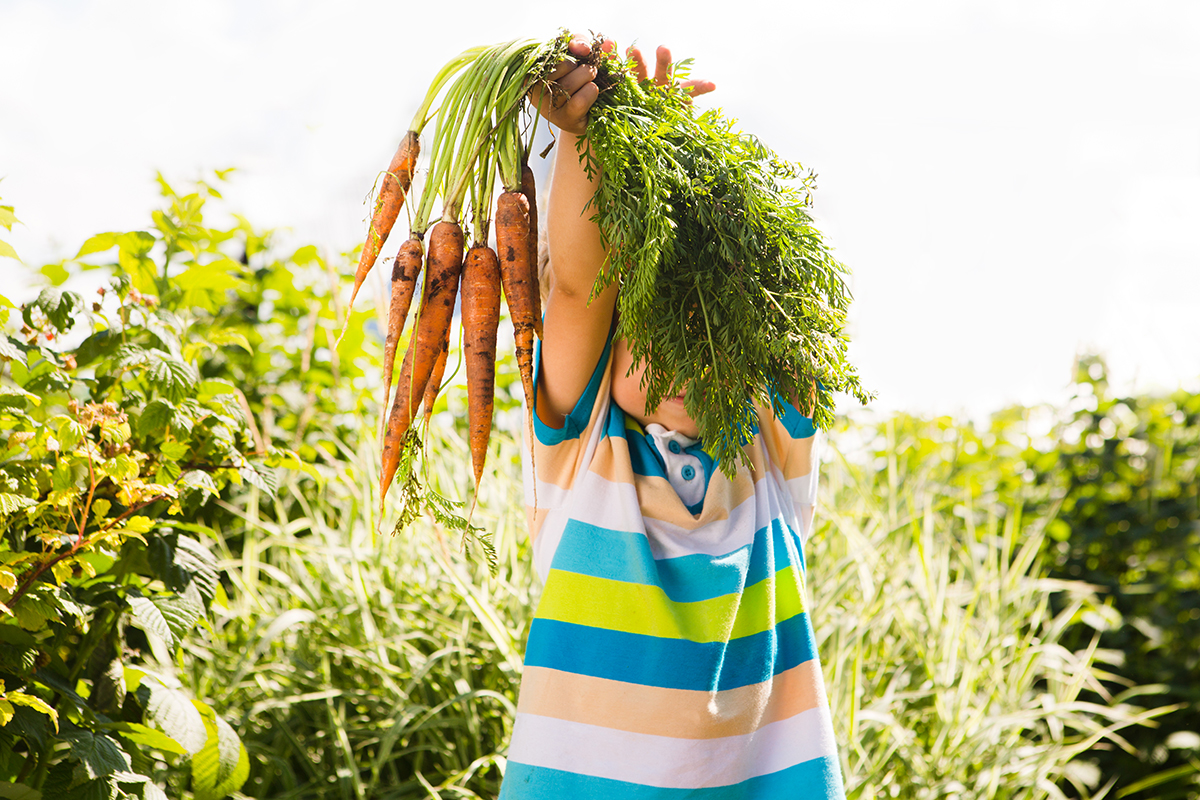Grow your own – fruit and veg from your garden

The cost of living crisis is driving up food prices, but there could be a way to cut your supermarket spend.
Growing your own fruit and vegetables is actually easier than you may think, and you don’t need an allotment or even a garden. You can grow food on a windowsill, in window boxes, in a concrete yard or on a balcony.
You don’t need any fancy equipment, or special skills. Put the right seed into soil in a recycled container and it will take care of the growing. All you have to do is take care of regular watering, and preventing attacks by slugs and other greedy predators.
But doing it yourself is not guaranteed to save you money. You need to grow the right crops.
Avoid things like potatoes. They are actually easy to grow, but they do take a lot of space and you are better off simply buying them in bulk. To really save money, you need crops that are expensive to buy but cheap to grow.
Tomatoes might be a good crop to start with. They are expensive in supermarkets, while a single tomato plant can easily produce 5 lbs of fruit over a season but cost a few pence to grow from seed. Tomatoes can be grown in a large pot or container, anywhere with a sunny aspect.
You might also consider lettuce, radish, carrots, micro greens, sprouted seeds and baby veg, baby kale, pak choi, and other salad greens. Simply put them in and watch them sprout and grow, and count your savings every time you pick one. What’s more, some of them let you take a few leaves and regrow two or three times. A single kale plant for example provides about £20-worth of leaves over the season.
You can also grow fruit bushes. Blackberries, raspberries, blackcurrants, gooseberries and redcurrants can produce pounds of fruit every year. They are easy to freeze when you have a bumper crop.
Herbs are another good choice, being easy to grow and expensive to buy.
Grab a container
You can use almost any container to grow your plants. Pots are god, but you can use plastic trays, old washing up bowls, crates - virtually anything that can stand the weight of your soil and is reasonably waterproof. You don’t need it to be watertight – in fact you need drainage in the bottom so surplus water can run away.
Full the bottom with stones, gravel or even things like broken china, and fill with compost. You can’t just use everyday garden dirt. You may need to buy in compost like John Innes to start with, although if you get the growing bug you can start your own compost bin: Pile everything in -vegetable scraps and peelings, grass cuttings and even cardboard and turn it every two weeks. In a few months, your rubbish has turned into the compost you need for your next crop.
Get your seeds
Seed is cheaper than buying plants from a garden centre or supermarket. You can pay as much for a cabbage seedling as you would for the cabbage it would become, which rather defeats the purpose of growing your own.
A few packets of seeds will not only be much cheaper, they will give you more than enough for your first year of growing. You can save them until next year. Look out for an established brand like Suttons. They have been providing seeds of all kinds for generations.
Finding out more
Producing your own fresh and tasty food could become a really rewarding hobby.Anyone can get started, but there can be plenty of tips and techniques to discover. Joining a local gardening group on social media or via the RHS website could make some new friends as well as learn the finer points of growing you own.
You might never need to go to the vegetable aisle of your local supermarket again!
Back






